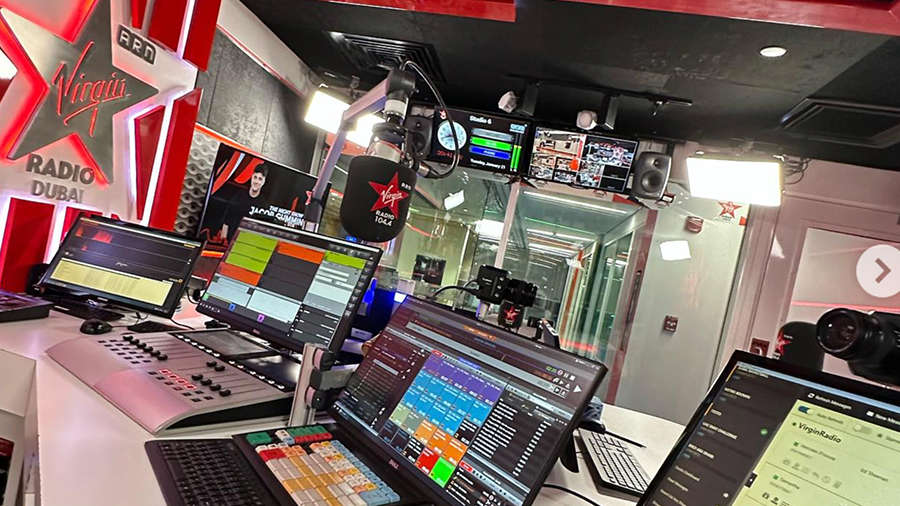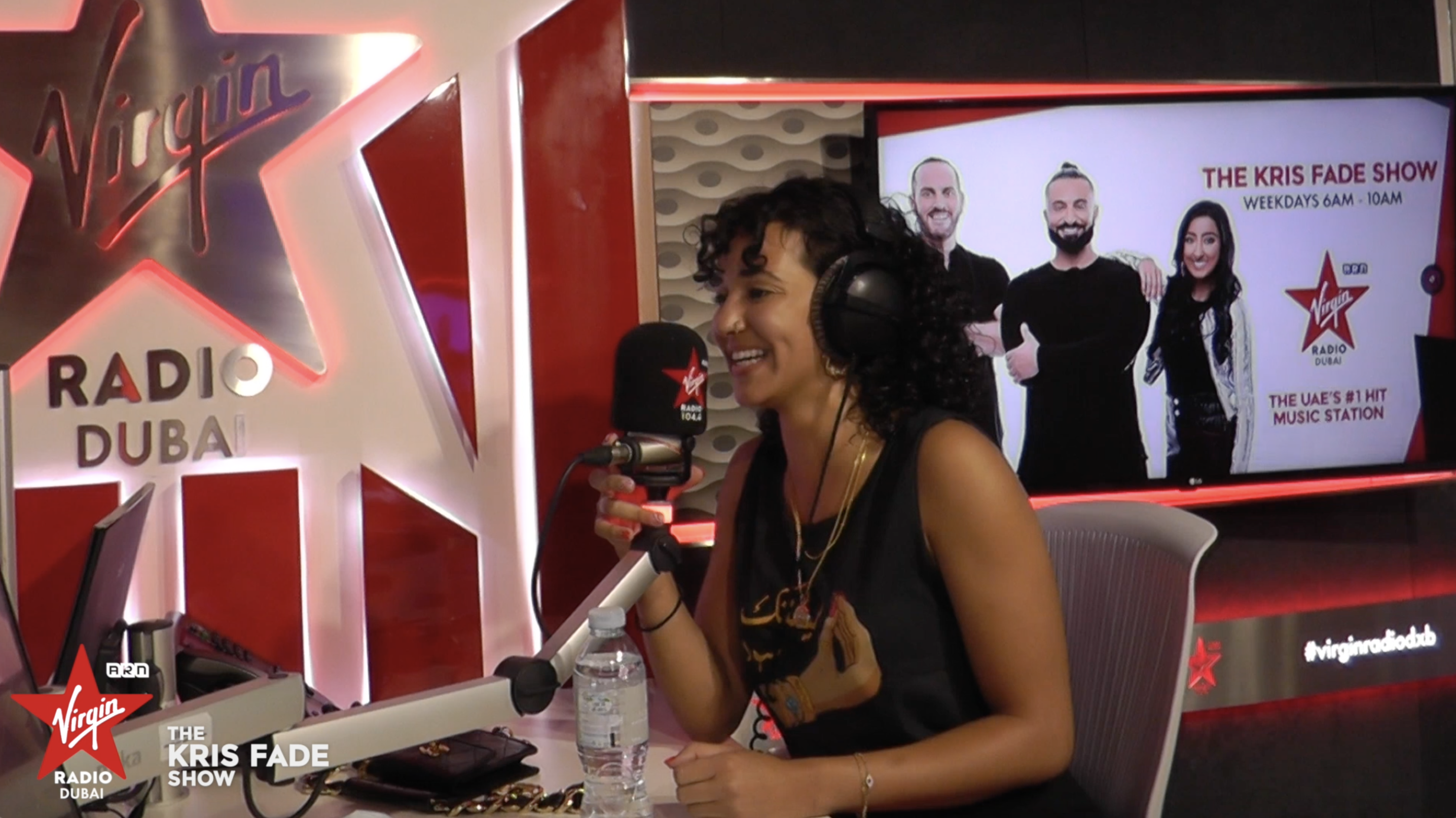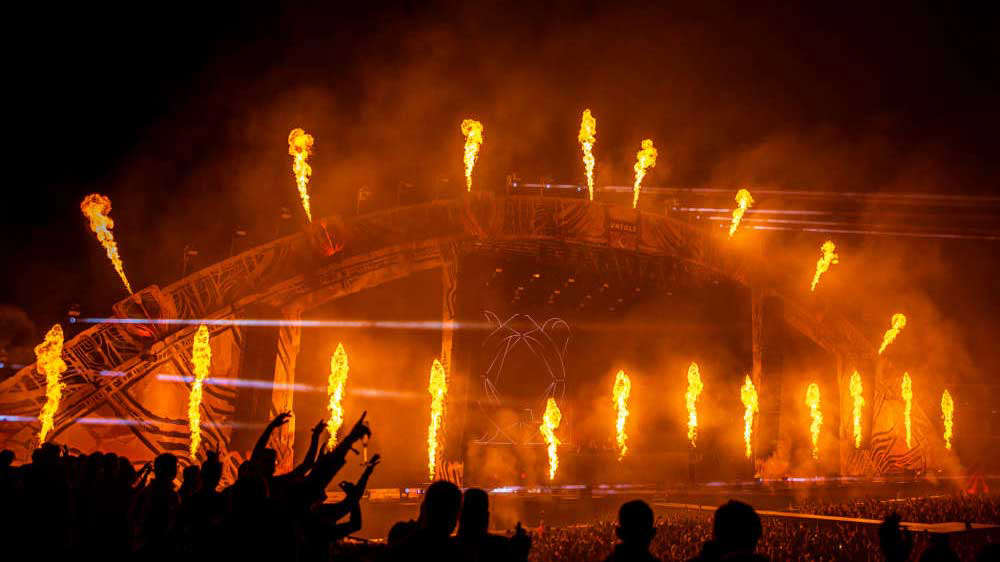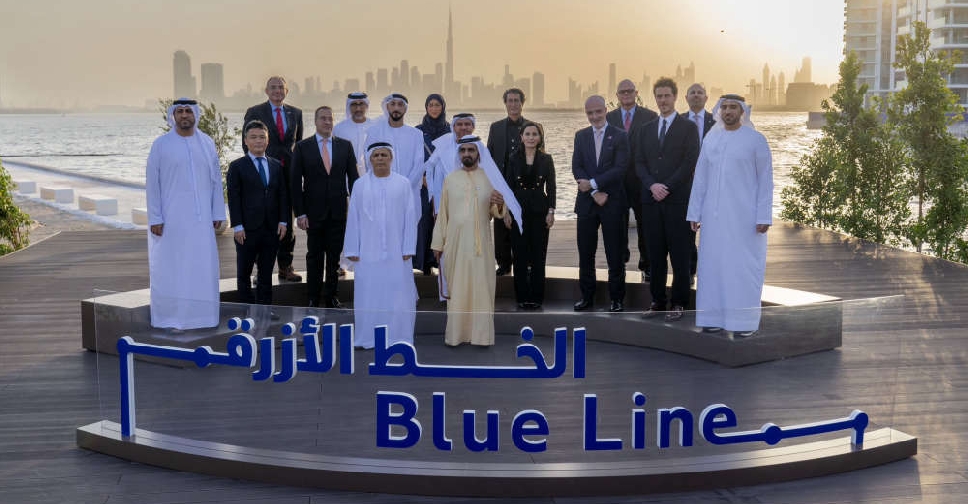
His Highness Sheikh Mohammed bin Rashid Al Maktoum, Vice President and Prime Minister of the UAE and Ruler of Dubai, attended the foundation stone laying ceremony of the new Dubai Metro Blue Line.
The 30 km project is set to reshape mobility across nine key districts of the city.
Part of the Dubai 2040 Urban Master Plan, the line will connect areas expected to be home to more than one million residents.
It features 14 stations, including a world-record-setting structure: the Emaar Properties Station — soon to be the highest metro station in the world at 74 metres tall.
Designed by global architectural firm Skidmore, Owings & Merrill, the same team behind the Burj Khalifa, the station is inspired by the idea of a 'crossing gateway'.
The iconic station will cover 11,000 square metres, accommodate up to 160,000 passengers daily, and become a new urban icon for the city. It will serve the estimated 40,000 residents of Dubai Creek Harbour, in addition to visitors.
With the completion of the Blue Line project, Dubai’s rail network will expand to a total of 131 km, comprising 78 stations and 168 trains.
. @HHShkMohd attends the foundation stone laying ceremony of the Dubai Metro Blue Line, a key milestone in the expansion of the city’s public transportation network. Spanning 30 km and comprising 14 stations, the new line is set to transform mobility across nine key districts,… pic.twitter.com/IVrG2uUGhP
— Dubai Media Office (@DXBMediaOffice) June 9, 2025
.@HHShkMohd attends the foundation stone laying ceremony of the Dubai Metro Blue Line, a key milestone in the expansion of the city’s public transportation network. Spanning 30 km and comprising 14 stations, the new line is set to transform mobility across nine key districts,… pic.twitter.com/2kfcxiFB3t
— Dubai Media Office (@DXBMediaOffice) June 9, 2025
The Blue Line will link Dubai’s existing Green Line at Creek Station and with the Red Line at Centrepoint Station, connecting residential areas, educational hubs and development zones.
The first route runs from Creek Interchange Station on the Green Line, located in Al Jaddaf, passing through Dubai Festival City, Dubai Creek Harbour and Ras Al Khor, before reaching International City 1, which includes an underground interchange station.
The route continues towards International City 2 and 3, extending to Dubai Silicon Oasis and up to Academic City. This section spans 21 km and connects 10 stations.
The second route of the Blue Line starts from Centrepoint Interchange Station on the Red Line in Al Rashidiya, passing through Mirdif and Al Warqa, concluding at International City 1 Interchange Station.
This route spans 9 km in length and links four stations. The project also includes the construction of a metro depot at Al Ruwayah 3.
By 2040, the Blue Line is expected to reduce traffic congestion by 20 per cent on serviced roads and provide a 20-minute direct connection to Dubai International Airport.
Emaar has secured naming rights for its flagship station for 10 years, starting from the station’s planned opening in 2029. Announcements about additional naming rights across the line are expected soon.
Key elements of the Blue Line
The Dubai Metro Blue Line features 14 stations, including three interchange stations: Creek Station at Al Jaddaf on the Green Line, Centrepoint Station at Al Rashidiya on the Red Line, and International City 1 Station on the Blue Line, in addition to the iconic station located in Dubai Creek Harbour. The line includes nine elevated stations and five underground stations.
The line has all the features of an integrated transport system, including public bus bays, taxi stands, dedicated areas for bike and electric scooter racks, and parking spaces for People of Determination.
The maximum capacity of the Dubai Metro Blue Line exceeds 850,000 passengers per day, based on the scale of the stations included within the project scope. Passenger numbers are expected to reach 200,000 per day by 2030, rising to 320,000 per day by 2040.
Fifth strategic project
Dubai Metro Blue Line represents the fifth strategic public transport project, joining the ranks of the existing red and green lines of the Dubai Metro, Dubai Tram and Dubai Metro Route 2020.
Upon the completion of the Blue Line, Dubai's total railway network will extend from 101 km to 131 km. This includes 120 km for the Dubai Metro and 11 km for Dubai Tram.
The number of metro and tram stations will increase from 64 to 78, encompassing 67 stations for the Dubai Metro and 11 stations for the Dubai Tram.
Additionally, the fleet will expand from 140 to 168 trains, including 157 for the Dubai Metro and 11 for the Dubai Tram.
Setting new benchmarks
In addition to the iconic Emaar Properties Station, it includes the first Dubai Metro bridge crossing Dubai Creek, stretching 1,300 metres.
The line is also home to the largest underground interchange station in the network, spanning over 44,000 square metres with a projected capacity of 350,000 passengers per day.
Notably, the Blue Line is the first transport project in Dubai to fully comply with green building standards, achieving Platinum Category certification.
50,000 university students
Key areas served by the Blue Line include Dubai Creek Harbour and Dubai Festival City, noted for their immense development potential, as well as International City, home to Dragon Mart and large residential complexes visited by over 200,000 residents and visitors.
It also serves residential neighbourhoods like Al Rashidiya, Al Warqaa and Mirdif. It also extends to Dubai Silicon Oasis, recognised as one of the Dubai 2040 Urban Master Plan’s Urban Centres, and Academic City, which is projected to accommodate over 50,000 university students by 2029.
Station designs have been planned to maximise space efficiency, thereby reducing construction, operation and maintenance costs. Additionally, these designs aim for seamless integration with various transportation modes, including public buses and taxis.
Economic return
The Dubai Metro Blue Line project aligns with the objectives of the Dubai Economic Agenda D33, offering economic, social and environmental returns.
By 2040, the project is projected to yield a benefit-cost ratio of 2.60 (AED 2.60 in benefits for every AED 1 spent).
The total anticipated benefits will exceed AED 56.5 billion by 2040. These benefits include substantial savings in time and fuel, reduced accident-related fatalities and lower carbon emissions.
The Blue Line is also expected to decrease traffic congestion on its served routes by 20 per cent and appreciate the value of land and properties near stations by up to 25 per cent.
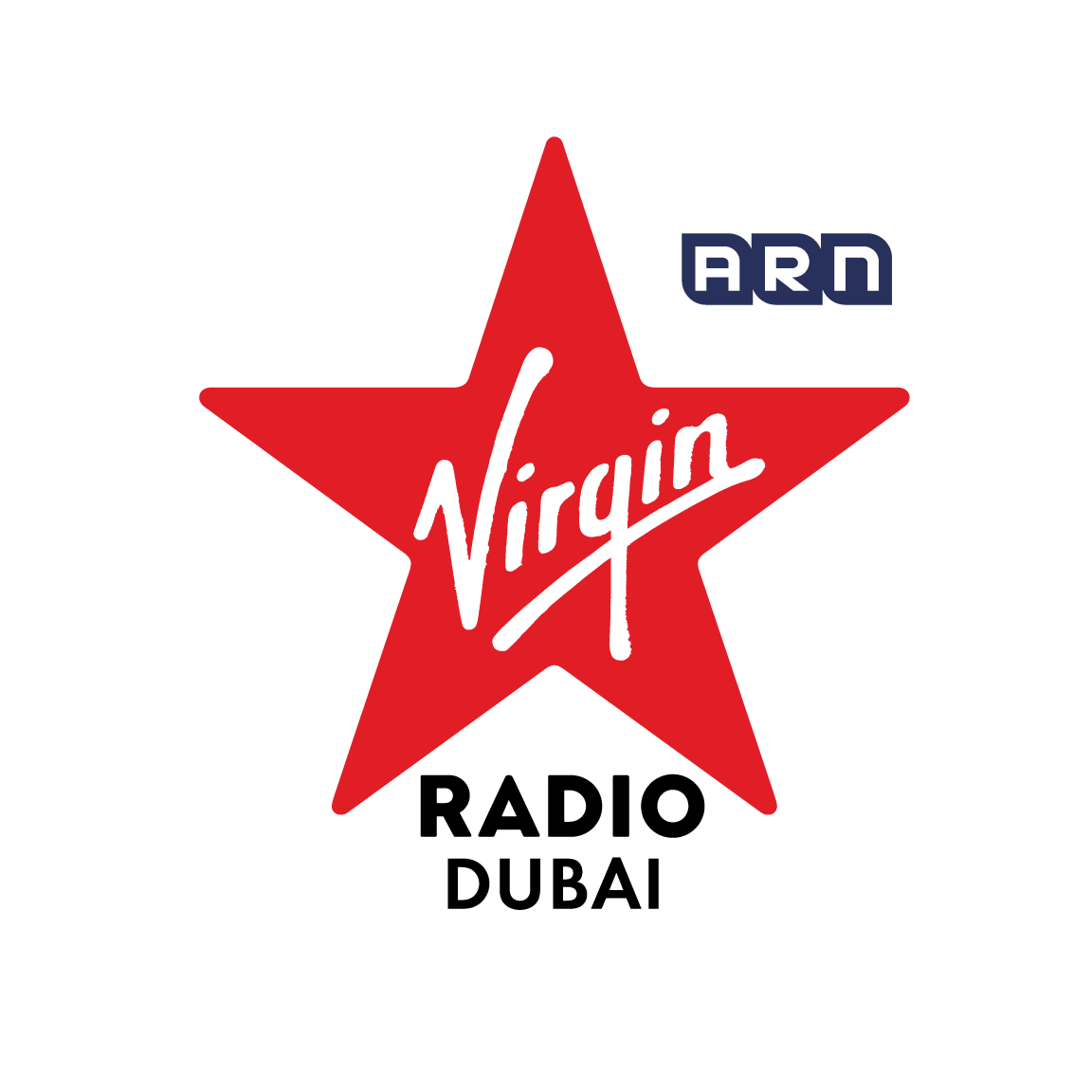
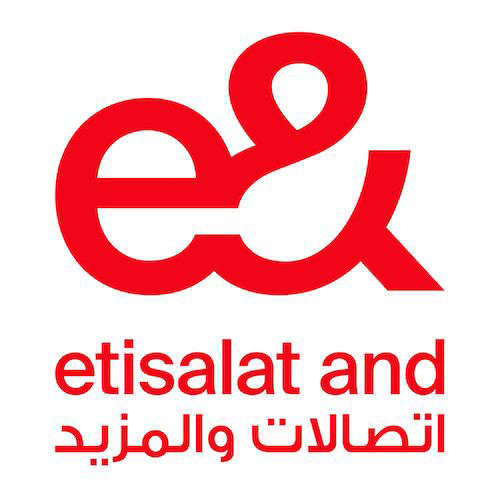

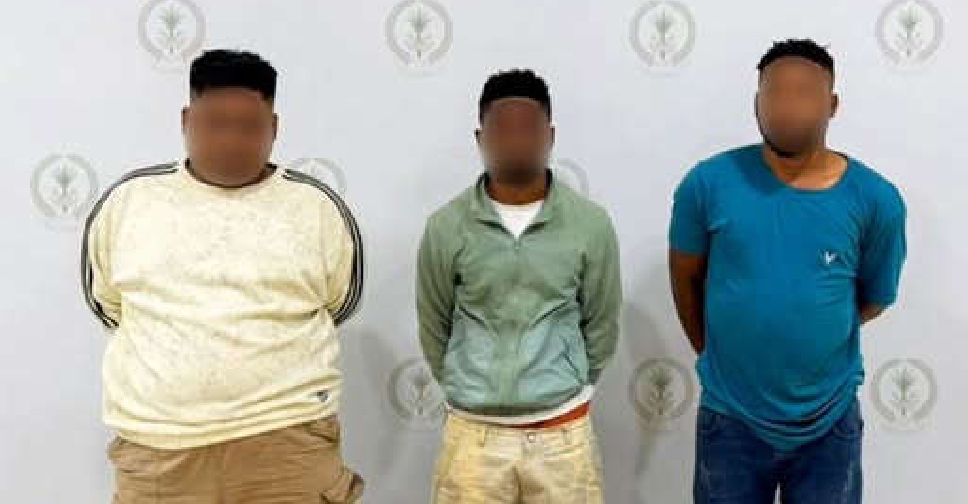 Sharjah Police foil two cocaine smuggling operations, seize 17kg
Sharjah Police foil two cocaine smuggling operations, seize 17kg
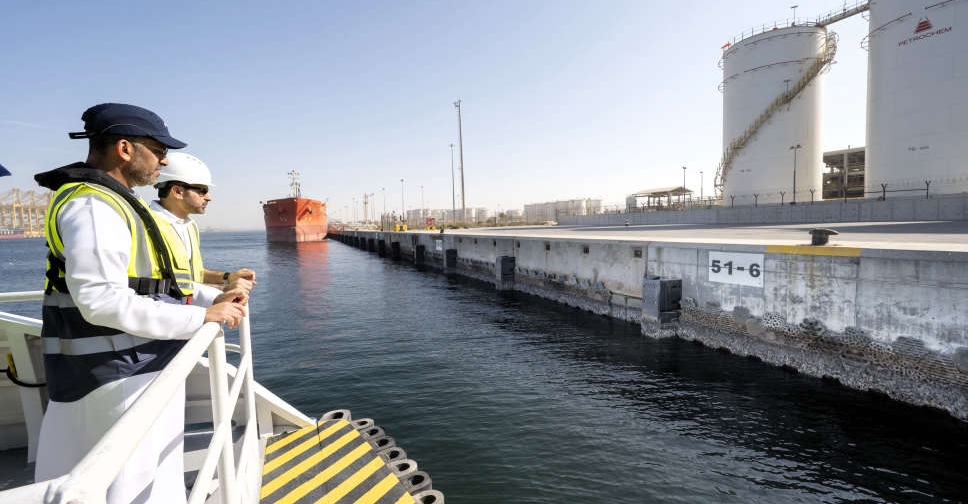 DP World installs first 1,000 living seawalls panels at Jebel Ali Port
DP World installs first 1,000 living seawalls panels at Jebel Ali Port
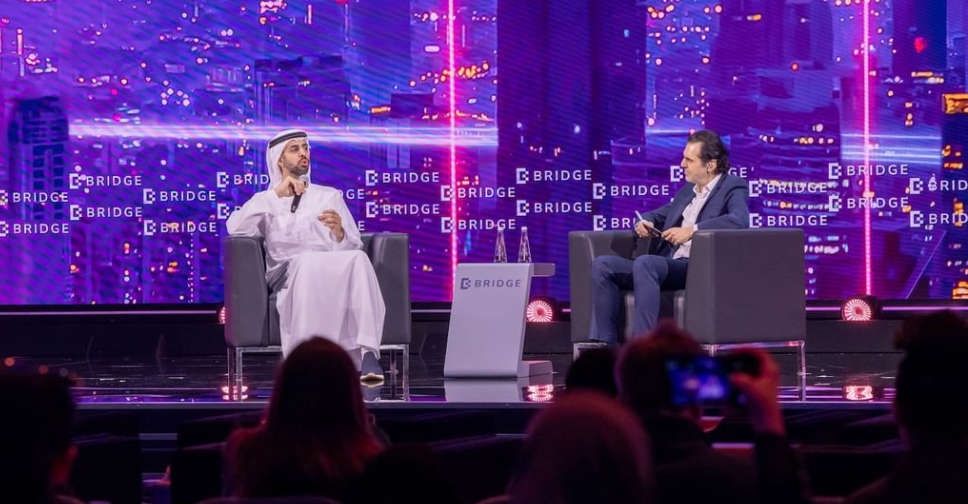 UAE 'an exceptional model' in developing AI policies, says Omar Al Olama
UAE 'an exceptional model' in developing AI policies, says Omar Al Olama
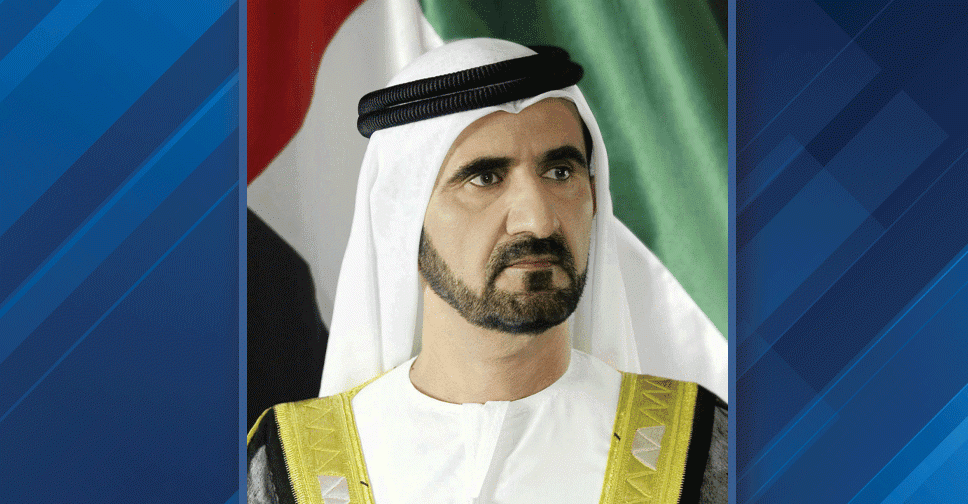 Sheikh Mohammed honours Egyptian professor with 'Great Arab Minds' award
Sheikh Mohammed honours Egyptian professor with 'Great Arab Minds' award
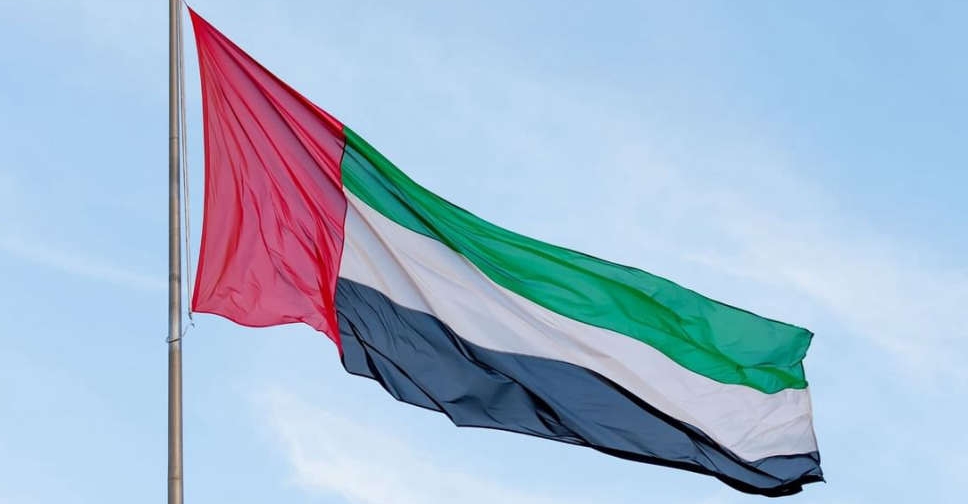 UAE announces $550 million for UN’s 2026 Global Humanitarian Overview
UAE announces $550 million for UN’s 2026 Global Humanitarian Overview

